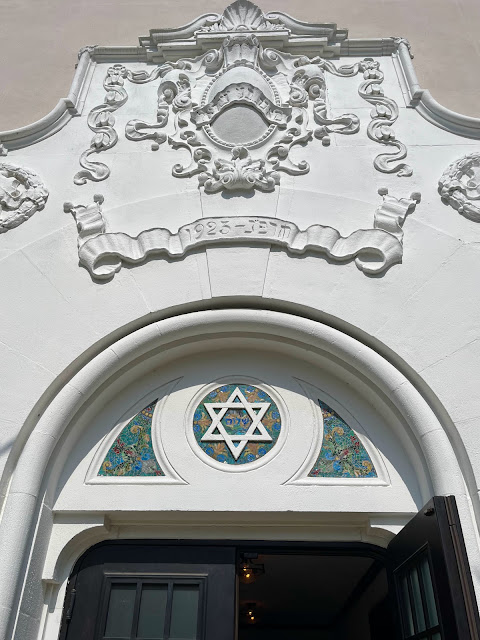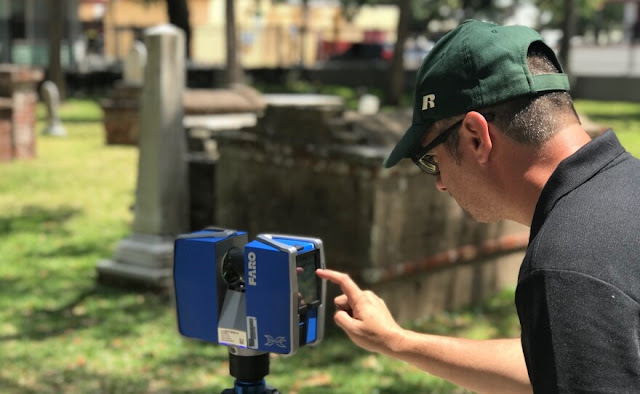St. Augustine, Florida
February 24, 2022
The Tolomato Cemetery, which is not even an acre large, was in use as a cemetery from the 18th century until 1884 and it is the final resting place for nearly 1000 individuals. Inside you can find burials of people from Spain, Cuba, Ireland, Minorca, Italy, Greece, Africa, Haiti, France, and the American South and Northeast. You can find the graves of soldiers from both sides of the Civil War, and even the burial place of a man important in the history of Cuba, who may one day be declared a saint, Fr. Felix Varela.
http://www.tolomatocemetery.com/
Exterior Photo 1:
Exterior Photo 2:
Artifact Photo 1:
Shown above is the grave of Elizabeth Forrester. This is believed to be the oldest marked grave in the state of Florida, meaning both the name and date are marked and visible. Elizabeth died at the age of just 16 years old and was buried in 1798. After her burial, two Castillo soldiers robbed her grave for her valuable clothing. Because of this the Tolomato cemetery put up a fence and a guard began to watch over the cemetery to prevent future grave robbers from doing the same to the other burial.
Artifact Photo 2:
"Father Felix Varela of Cuba, whose canonization process is underway, was also buried at Tolomato in 1853. The small white chapel that is the distinctive feature of Tolomato was built to hold his remains by Cubans who had been his students in the seminary in Havana and friends in New York City." Father Felix Varela now rests in Cuba.
Information from the Tolomato Cemetery website.
In Conversation Photo 1:
Many of the people buried in the Tolomato cemetery passed away due to the Yellow fever epidemic in the late 17th century. In other parts of the country including Lynchburg, Virginia contagious diseases like smallpox, cholera, and scarlet fever, were killing large numbers of people. People that become ill with these diseases were quarantined in the Pest House at the Old City Cemetery in Lynchburg, Virginia. The Pest House was Lynchburg's first hospital. The medical care and standards of cleanliness we know today were virtually non-existent, and most patients died. The dead were buried only a few yards away.
https://www.gravegarden.org/the-pest-house/
In Conversation Photo 2:
In coastal cities like St. Augustine, historic sites are facing threats such as climate change and sea level rise. Historians and preservationists are turning to technologies like 3D imaging as a way to preserve cultural resources for future generations. The Tolomato cemetery is located at a low point in the city which makes it more susceptible to flooding. The ground collapsed in several areas, vaults were damaged by water and falling trees and the Tolomato Cemetery Preservation Association, the organization that handles things like restoration and preservation, lost a lot of records that were being stored on site after hurricane Matthew. Which is why the cemetery is turning to Davide Tanasi from the University of South Florida and La Florida, with the goal of creating a collective biographical database of all the people who lived in Florida during the colonial period. This is done by using "two different kinds of 3D digital imaging technologies, such as 3D scanning and digital photogrammetry, to map out, in three dimensions, the entire cemetery and all the markers and the funerary monuments in it,” said Tanasi, who is an Assistant Professor of Digital Humanities and the Director of the Institute for Digital Exploration, which conducts visualization projects of cultural heritage sites in Florida and the Mediterranean.
https://news.wjct.org/first-coast/2019-05-02/historians-turn-to-3d-imaging-to-preserve-sites-threatened-by-climate-change
Literature in Conversation:
Creative Component:






.png)








































